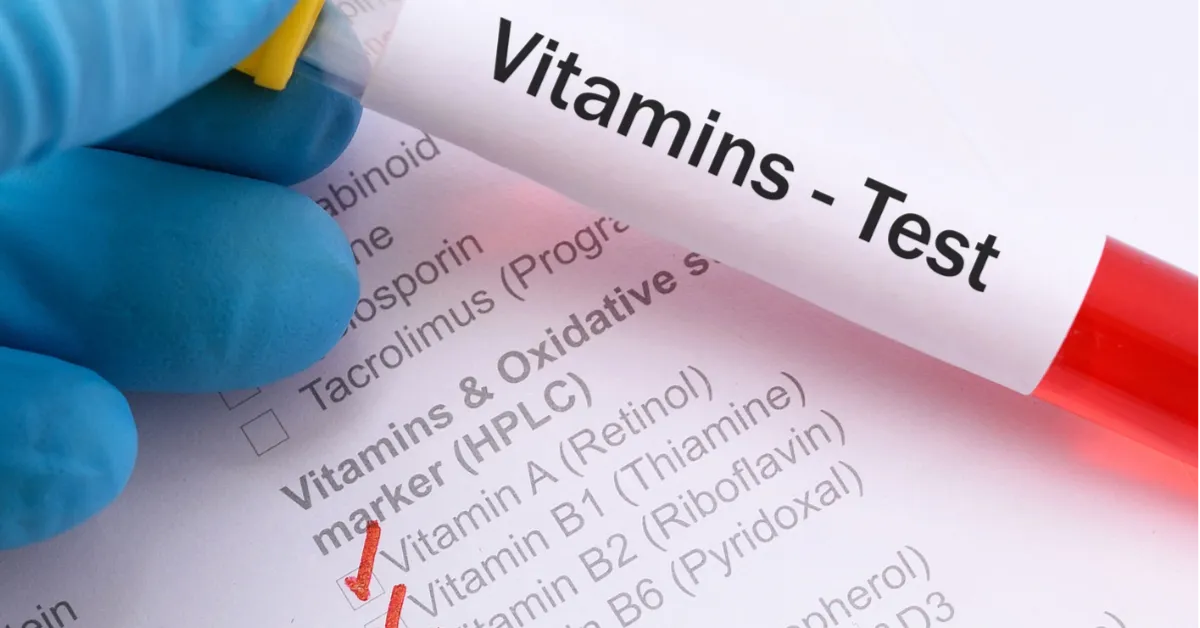AOAC 2021.08 Multivitamin Stability Testing in Infant Formula
The AOAC International Standard Method 2021.08 is a widely recognized protocol for evaluating the stability of multivitamins in infant formula. This method ensures that manufacturers can accurately assess whether the vitamins remain stable and bioavailable throughout the shelf life of their products, thus maintaining nutritional integrity and compliance with regulatory requirements.
In infant nutrition, vitamin content is critical to support healthy growth and development during a crucial period of life. The stability of these nutrients over time can be affected by various factors such as temperature, humidity, light exposure, and storage conditions. AOAC 2021.08 provides a standardized approach that ensures consistent results across different laboratories.
The test involves the analysis of multivitamins in infant formula samples under controlled conditions to observe any potential degradation or loss over time. This method helps manufacturers identify the optimal packaging and storage solutions, ensuring product quality and safety throughout distribution and shelf life. Compliance with this standard is essential for maintaining consumer trust and regulatory approval.
The protocol involves several key steps:
- Sample preparation: Accurate weighing of infant formula samples to ensure precise analysis.
- Incubation: Samples are incubated under specified temperature, humidity, and light conditions to simulate real-world storage scenarios.
- Analytical techniques: The use of validated analytical methods like high-performance liquid chromatography (HPLC) or atomic absorption spectrophotometry (AAS).
AOAC 2021.08 is crucial for ensuring that the infant formula meets regulatory standards set by organizations such as the FDA and EU authorities. This method helps in identifying potential issues early on, allowing manufacturers to take corrective actions before products reach the market.
The importance of this test cannot be overstated. It ensures product integrity, supports compliance with legal requirements, and enhances consumer trust. By using AOAC 2021.08, manufacturers can ensure that their products not only meet but exceed regulatory expectations.
| Incubation Conditions | Time (Days) |
|---|---|
| Room Temperature (25°C) | 60 days |
| Refrigerated Condition (4°C) | 90 days |
| Freezer (-18°C) | 180 days |
| Analytical Techniques | Description |
|---|---|
| HPLC | High-performance liquid chromatography for precise quantification of multivitamins. |
| AAS | Atomic absorption spectrophotometry for accurate measurement of trace elements in vitamins. |
In summary, AOAC 2021.08 is a vital tool for the infant formula industry to ensure product quality and safety. By following this standard, manufacturers can maintain compliance with regulatory requirements, enhance consumer trust, and ensure that their products remain safe and effective throughout shelf life.
Why It Matters
The stability of multivitamins in infant formula is crucial for several reasons. First and foremost, it ensures the nutritional integrity of the product, which directly impacts infants' health and development. Any degradation or loss of vitamins can lead to deficiencies that may have long-term consequences.
Secondly, ensuring vitamin stability helps manufacturers comply with strict regulatory standards set by bodies such as the FDA and EU authorities. Non-compliance can result in legal penalties and damage to brand reputation. AOAC 2021.08 provides a standardized method for testing that ensures consistent results across different laboratories, thereby enhancing reliability and trust.
Finally, maintaining vitamin stability is essential for consumer trust. Parents expect their infants' formula to be safe and effective, and any perceived quality issues can lead to loss of confidence in the product. By adhering to AOAC 2021.08, manufacturers demonstrate a commitment to quality that reassures parents and enhances brand loyalty.
Furthermore, ensuring vitamin stability supports sustainable practices by minimizing waste and maximizing resource efficiency. This is particularly important given the increasing global focus on sustainability in all sectors.
Environmental and Sustainability Contributions
- Reduction of waste: By ensuring vitamin stability, manufacturers can reduce the amount of formula that needs to be discarded due to quality issues.
- Efficient resource use: Stable vitamins ensure that nutrients are not lost during production or storage, optimizing resource efficiency.
- Enhanced consumer trust: Sustained product quality supports long-term relationships with consumers and reduces the need for recalls, thereby minimizing environmental impact.
The focus on sustainability is becoming increasingly important in the food industry. By adhering to AOAC 2021.08, manufacturers can contribute positively to environmental conservation efforts by reducing waste and optimizing resource use.
Use Cases and Application Examples
AOAC 2021.08 is applicable in various scenarios within the infant formula industry, including:
- New product development: Ensuring that new formulations meet stability standards before launch.
- Process optimization: Identifying any issues during production or packaging processes that may affect vitamin stability.
- Supply chain management: Monitoring vitamin integrity throughout the supply chain to ensure consistent quality.
A real-world example would be a manufacturer who wants to introduce a new infant formula with enhanced vitamin content. By using AOAC 2021.08, they can test this formulation under controlled conditions to ensure that all vitamins remain stable over the expected shelf life. This ensures that the product not only meets but exceeds regulatory requirements.





